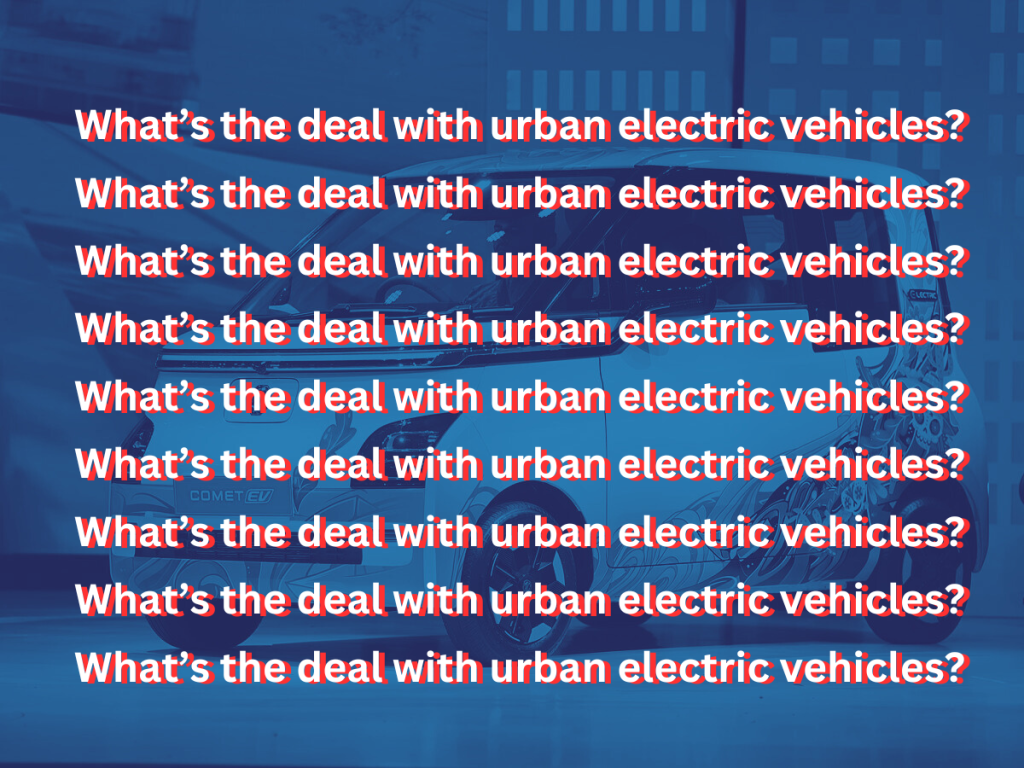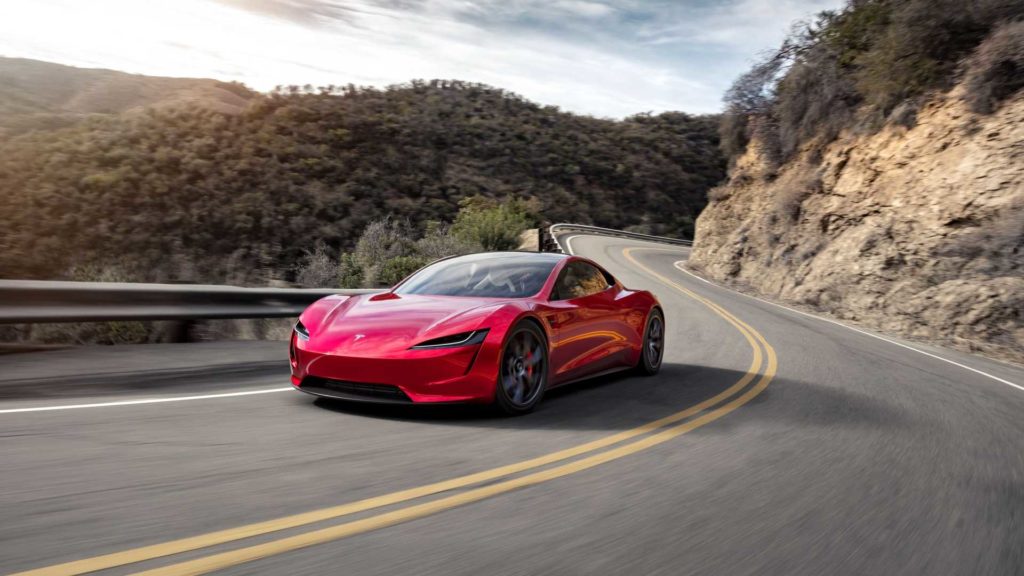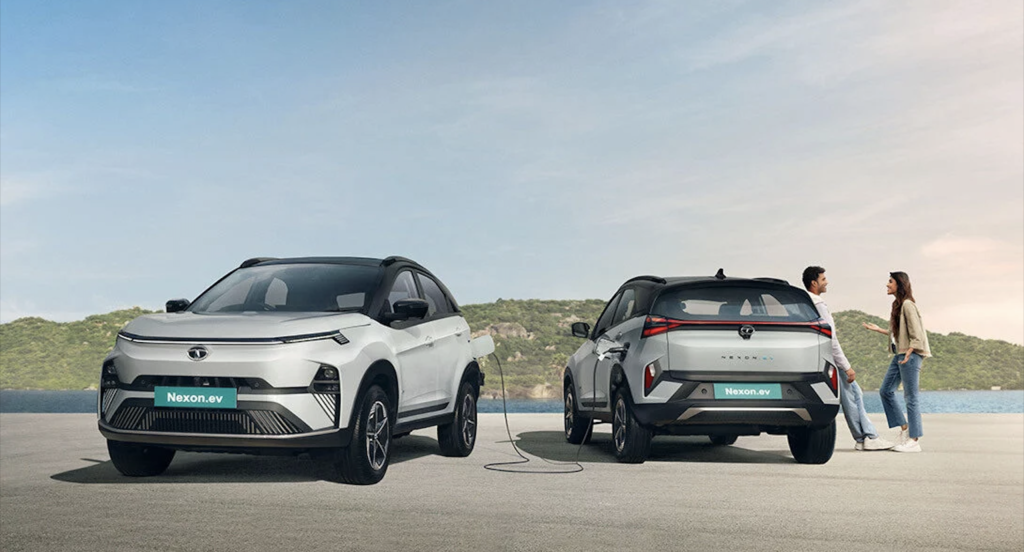As society contends with the impacts of climate change, we need to aggressively pursue strategies for reducing carbon emissions. Although states in the U.S. are taking a variety of approaches to greenhouse gas (GHG) reduction, and following an equally diverse set of timelines, most state-level GHG emission goals announced so far are fairly consistent—to reduce carbon emissions 40% by 2030 and 80% by 2050.
Achieving these goals will require a variety of major changes, including shifting the entire energy system toward dramatically increased reliance on electricity, particularly the world’s transportation, building, and industrial sectors. While this process is already underway, it is still in its early stages, and the changes to come over the next 30 years will be profound; multiple recent studies have indicated that, across the total world energy system, electricity consumption will more than double from 20% today to over 40% of total energy demand by 2050.
Among the key drivers for this shift will be the electrification of transportation on a massive scale. Cars, trucks, and other vehicles account for a significant portion of fossil-fuel consumption and approximately 28% of associated GHG emissions. While electric vehicles (EVs) currently make up roughly 2% of the total number of vehicles in the U.S., that proportion is certain to increase rapidly as battery prices fall; diversity and overall supply of EVs expands; and consumer demand increases, among other factors.
This coming shift is well-recognized in the automotive industry, and we have recently seen major manufacturers announce plans to discontinue production of internal combustion vehicles as soon as 2030. Similarly, virtually every car maker is aggressively pursuing EV strategies. By moving quickly toward the use of EVs, we can eliminate a major source of GHGs, assuming of course that the electricity used to power them comes from clean, renewable sources.
This major shift toward more EVs creates a number of challenges in terms of meeting the growing demand for electricity. According to a National Renewable Energy Laboratory forecast, the transition to EVs will lead to a 20% to 38% increase in electricity consumption by 2050.
In order to achieve 100% carbon neutrality, the additional electricity must come from renewable generation sources. In addition, there needs to be a nationwide plan for upgrading and expanding our electrical grid infrastructure to ensure that it is able to handle the extra load on the grid and integrate additional renewable generation sources.
Most power professionals know that our current electrical transmission and distribution infrastructure was designed and built for the purpose of delivering electricity from centralized, mainly thermal power generation resources. In order to meet the growing demand for electricity and integrate more renewables, we need to prepare a plan for designing future electrical grids. These “EV-proof” grids need to be decentralized, and more interconnected to be able to integrate and transmit large volumes of renewable energy both from distributed renewable generation sources, such as rooftop solar as well as larger-scale wind, solar, hydropower, and other natural energy sources, and be able to handle the additional load.
There are several solutions to solve these challenges. They include:
- Building out transmission lines with greater capacity between regions where renewable generation is prevalent to major load centers.
- Expanding the availability of storage options, such as pumped hydro and advanced battery energy storage systems, to help address time-of-day limitations, grid congestion, and peak demand management, among other challenges.
- Expanding the network of microgrids, which serve as a reliable backup system in case of failure at the utility level and help communities in remote areas increase power supply reliability, reduce the need for more costly generator fuels, and boost renewable energy production.
These challenges will call out for national planning processes for both transportation and electrical infrastructure upgrades that can help to identify and prioritize transmission, storage, and interconnection requirements to support widespread EV use. This process must involve a variety of stakeholders, including federal and state regulators, utilities, grid operators, fleet operators, municipalities, industry associations, electrical infrastructure suppliers, and many others. These groups need to come together to devise plans and set a course that can accelerate this energy transition to achieve our goal of carbon-neutrality by 2050.
With the proper investment and coordination across stakeholder groups, we can work together to accommodate the electrification of society, starting with the rapid transition toward EVs. Through careful planning and the smart application of both existing and emerging technologies, we can not only reduce GHG emissions to address sustainability goals, but also establish a more resilient grid that is better able to respond to the increasingly erratic weather events brought on by climate change.
















